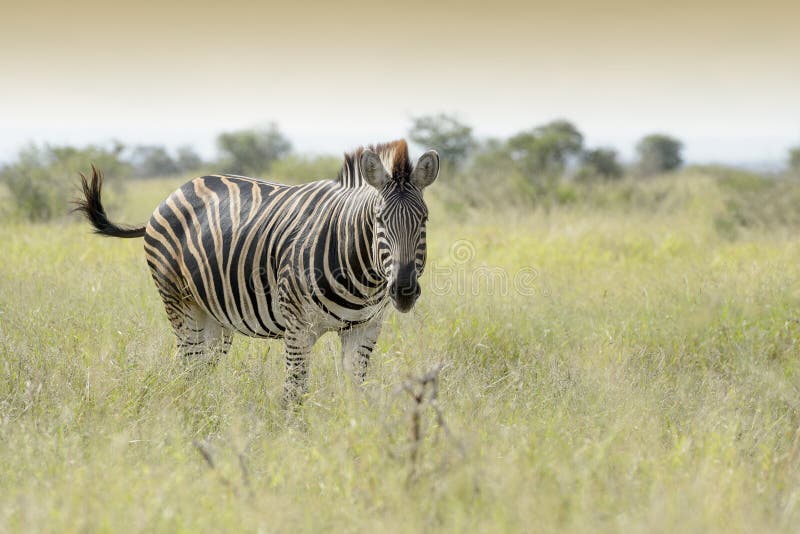

That is because they are less likely to survive in the wild. You may wonder why we don't hear much about these animals and they age and reproduce. For some reason, in these mutated animals, the melanin their bodies produce is not normal, which results in varying colors and patterns. In most zebras cells called melanocytes, which regulate pigment, is distributed evenly through out their skin. Tracking these differences by researchers is important to science to observe and record changes in species over time. Other genetic mutations can create other changes in appearance to a zebra, such as partial albinism which will give a zebra faded-looking stripes.

This causes the animals to show an abnormal stripe pattern. Tira and other foals like him that have been found in different parts of Africa are born with a condition known as pseudomelanism. It does occur from time to time among zebras. This natural genetic mutation is not exactly new. The base coat is a reddish brown instead of black, and most of the white is a festive array of polka dots. As Liu said, the foal actually looks like it could be an entirely new species. Naturally the photos hit the internet and he(?) became an instant hit. This adorable little equine has been named Tira by Anthony Tira, a Maasai guide who discovered the animal. He had actually gone out to photograph rhinos but found something far more intriguing to aim his camera at. One little dotted zebra foal was spotted in Kenya last year at the Maasai Mara National Reserve by photographer Frank Liu.

© 2023 NYP Holdings, Inc.I know you've heard tell of the "horse of a different color." What about a zebra of a different stripe? Yes, it is true that not all zebras have stripes. “The ones that are different are as readily accepted as every other one.” Caters Sachdev, who also hopes to spot Tira again, adds that it’s a reminder of how “nature accepts all.” Since posting the images, photographers and tour guides have mobbed the Mara, according to the East African, presumably hoping to get a last glimpse of Tira. “Is that the glorious product of an Okapi-Zebra alliance?” jokes another. “The little foal looks so beautiful with the different colors,” writes one commenter. Photos of Tira were uploaded to the the Matira bush camp’s Facebook page last week, garnering 7,000 shares and almost a thousand comments in less than week. This may be due to them being easier to spot by predators. Zebras suffering with melanism in all the other African preserves have perished within half a year, Lemein says. But, unfortunately, the harlequin horse may not have long in this world. Parmale Lemein, a wildlife specialist at Matira Camp, said that the foal is the first of its kind the Mara.

Sachdev has since named the foal “Tira” after his Maasai guide’s surname. It’s the opposite of albinism, which is caused by low levels of melanin.
Spotted zebra looking animal skin#
Upon a closer look, he realized that the newborn had melanism, a rare skin pigment condition characterized by an excess of melanin, which results in abnormally dark coloration. He was featured in a YouTube clip of the sighting yesterday, where he can be heard saying, “We still have no clue what this baby zebra, slash, whatever, is.”įellow fotog and tour guide Anthony Tira, who first happened upon the horse initially echoed his sentiment, saying, “At first I thought it was a zebra that had been captured and painted or marked for purposes of migration. The freckled foal was snapped last month by tour guide and photographer Rahul Sachdev, 41. The equine oddity was spotted at Maasai Mara National Reserve in Kenya, and is said to be a first for the park. The raunchy way vets cure tortoise constipation: 'Vibrate the s - t out of her'Ĭannibal cobra devours Burmese python whole in rare wild footageĬalifornia sea lions charge toward startled beachgoers, emptying busy coveĪ tiger might never change his stripes - but it appears that a zebra can.Ī rare polka-dot zebra foal has created a stir online after pictures appeared across social media this past week. 46,000-year-old 'living' parasite discovered in ice, 'like the fairy tale of Sleeping Beauty'


 0 kommentar(er)
0 kommentar(er)
